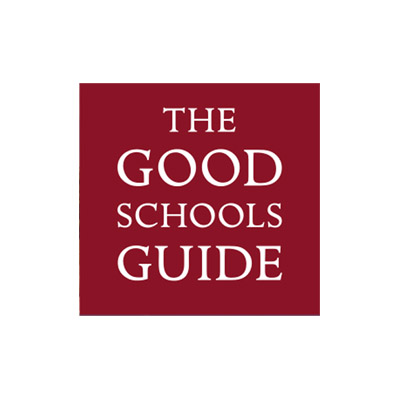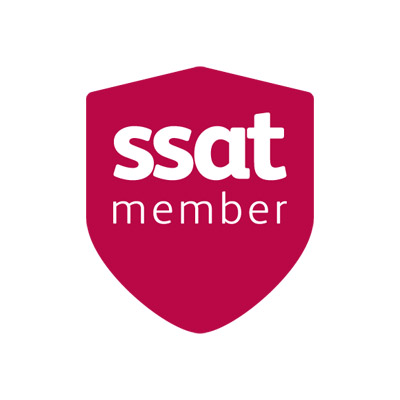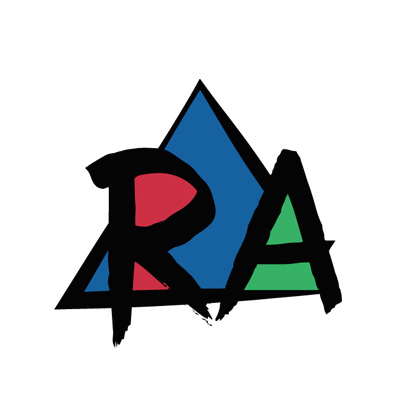The History of our School
The Congregation of Sisters of the Holy Cross was co-founded in the village of Menzingen, Switzerland in 1844 by Mother Bernarda Heimgartner, a young woman with vision and Father Florentini, a Catholic priest keen on the care of the helpless and dependent in society. Its purpose was to transform young people holistically through education. They made a contribution to the improved standing of women and helped raise the standard of education in their society.
Today, around 1,600 Sisters of the Holy Cross live and teach throughout the world in several countries in Europe, South America, Africa and Asia. Their apostolates are diverse including:
- Educating in schools and supporting Governance
- Parish work, including preparing people to receive the Sacraments
- Visiting and caring for the elderly, and supporting them spiritually
- Spiritual Direction and Bereavement Counselling
- Justice and Peace work
- Working with Disabled Children
- Collaborating with other Holy Cross Sisters and Communities in different countries
History Of Southesk (The School’s Main Building)
During the early 1900s, Sisters of the Holy Cross arrived in England and set up a convent in Wimbledon. The school’s main building on Sandal road, a house called ‘Southesk’ surrounded by fields and pretty orchards, was built by John Austine in 1881. A Latin inscription over the front door of the house in English reads ‘This is the house that John built’. The Austine family lived in the house up until June 1931 when it was bought by Sisters of the Holy Cross after the last member of the Austine family passed away.
The Sisters of the Holy Cross at this point already had a convent and school in West Wimbledon. They were asked by the Bishop to open another school in New Malden and in June of 1931, the Sisters moved into Southesk. On the 23rd September 1931 Sister Christina along with other Sisters, after weeks of preparation including making the school uniforms, opened the school’s red doors to the first five students:Joan Worsfold (11) Majorie Lynde (12), Nancy Knowles (10), Lilla Soundy (12), Betty Bedingfield (9).
By 1935 there were 79 students on roll and over the years several new buildings were added and the school grounds gradually increased in size. During the second world war, the ground floor cloakrooms (where the Sixth Form silent study room is today) were used as an air raid shelter and many lessons would take place here. On the 29th June 1943 the school was officially recognised by the Board of Education following a 3 day visit from His Majesty’s Inspectors. A year later the first Board of Governors was set up and in 1959 the school became a fully Voluntary Aided school. In 1971 the school’s junior department (known today as Holy Cross Preparatory School – an independent girls primary school) moved to new premises. Since 1988 the school has been in curriculum partnership with Richard Challoner School at Sixth Form and offers a varied and extensive post-16 curriculum. In 2000 the Trusteeship of the school was transferred from the Sisters of Holy Cross to the Catholic Archdiocese of Southwark. The last Sister of the Holy Cross working at the school, Sister Margaret, left in 2012 to take up other responsibilities in the Congregation. Today, Holy Cross is a place where we hope the spirituality of the Sisters will continue to live on – this is expressed in the School Mission Statement.
School Logo
The school’s logo is the official emblem of the Congregation of Sisters of the Holy Cross. The Latin motto, ‘O Crux, Ave Spes Unica’ (Hail to the Cross, our only hope) dating back to the 10th century, is the motto of the Sisters of the Holy Cross and is an expression which has a long history in Catholic and Anglican piety. The words originate from the ancient hymn Vexilla Regis Prodeunt, written by Fortunatas and is traditionally sung on Good Friday.







